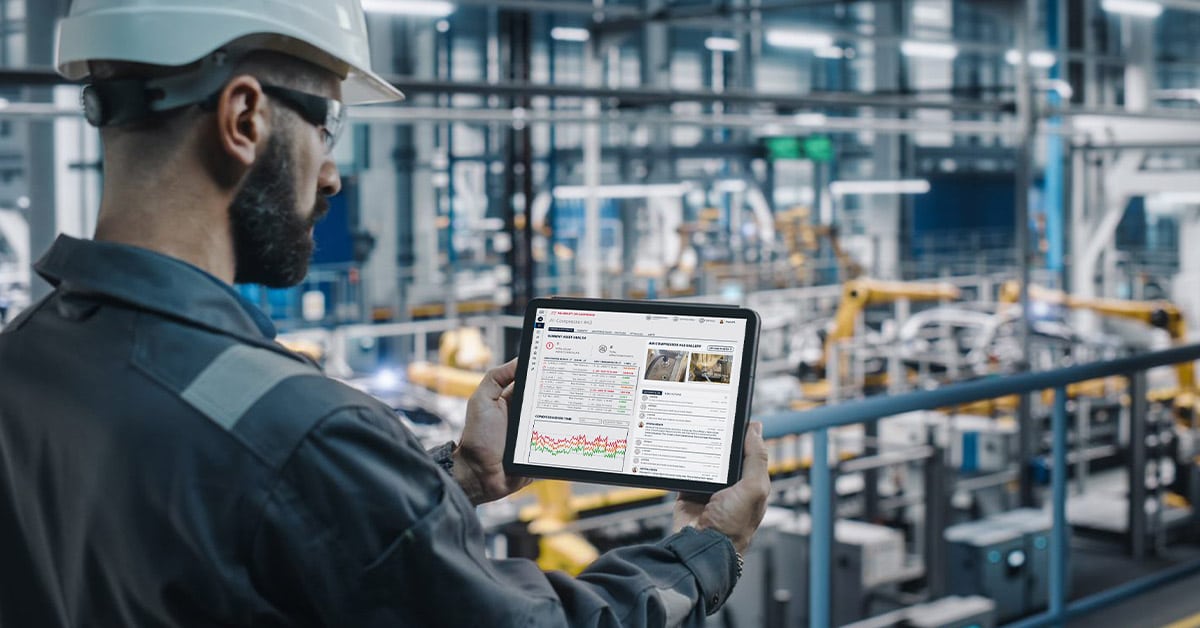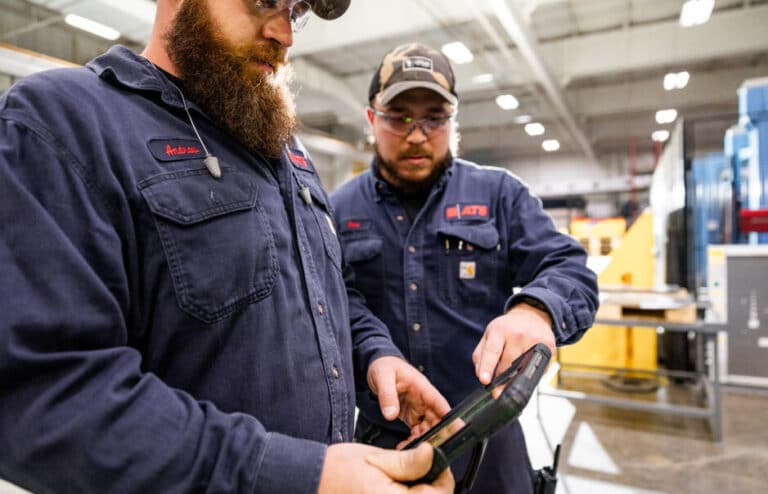When it comes to maintenance strategies, condition-based maintenance (CBM) and predictive maintenance (PdM) might initially seem like two sides of the same coin. Though when digging deeper, it’s apparent these techniques have distinct functionalities that set them apart.
In this guide, we’ll take a look at the main differences and comparative advantages of condition-based maintenance vs. predictive maintenance and compare them in detail. Let’s dive in!
Comparison between condition-based maintenance and predictive maintenance
The world of maintenance strategy and execution can often seem complex, but it doesn’t have to be. In this section we’ll take a deep dive into two specific maintenance methodologies, comparing them, to better understand which can contribute most effectively to your operational efficiency and bottom line.
Defining terms: understanding condition-based maintenance and predictive maintenance
When trying to preserve the longevity and efficiency of your machinery, knowing the best maintenance plan for your specific application(s) is critical. This is why, before we go any further, we’ll define each maintenance strategy and how it works in detail.
Condition-based maintenance (CBM) is a proactive strategy that involves real-time monitoring of machine conditions or parameters (such as vibration and temperature) to decide when maintenance should be performed. This approach can ensure that any work carried out is on an “as-needed” basis. By using industrial-grade sensors and performing machine health monitoring, data is collected and analyzed to detect anomalies that could indicate a potential failure.
Predictive maintenance (PdM), on the other hand, uses predictive models and data analysis methods to forecast potential equipment failures before they happen. It involves analyzing data from sensors and equipment monitoring systems to assess the health of machinery and identifying maintenance issues before they cause bigger problems. With this approach, maintenance tasks can be precisely scheduled (often during non-operational periods) to minimize disruption to your production operations.
When CBM may be optimal:
- Condition-based maintenance may be ideal if you have equipment that could cause catastrophic or severe consequences in case of failure, so they must be monitored closely and regularly.
- You have machines whose performance can be effectively tracked using variables such as temperature, vibration and pressure.
- You have equipment operational in remote locations where real-time monitoring can flag necessary maintenance tasks.
When PdM may be optimal:
- You have older equipment with a higher risk of failure; predictive maintenance can help plan for and mitigate these issues.
- Your operation relies heavily on a few key pieces of equipment whose failure would significantly impact productivity.
- Your equipment consistently experiences the same types of failures; predictive maintenance can help anticipate these issues.
Achieve operational excellence today with ATS’ maintenance approaches
Understanding and implementing the right maintenance approach and knowing the difference between condition-based maintenance and predictive maintenance can be a game-changer for manufacturers.
ATS specializes in both these approaches by delivering industry-leading predictive maintenance services tailored to specific operational needs.
No matter where you are on your journey to operational excellence, partnering with ATS can accelerate your progress. With our unparalleled support and technology-driven services, we can help you navigate the complex world of industrial maintenance. Contact us today!


